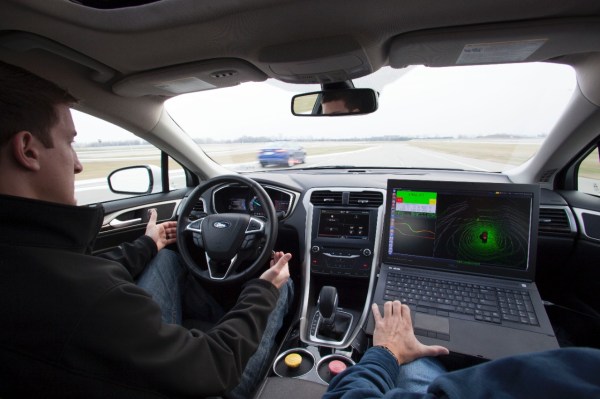Ford today announced that it is partnering with MIT and Stanford to research a number of technical challenges surrounding automated driving.
A team at MIT will look into how a car can best predict the actions of pedestrians and other cars around it, while another team at Stanford plans to look into ways for cars to see around obstructions.
The teams will use Ford’s recently unveiled Fusion Hybrid research vehicle for their research. The car uses four Lidar sensors to create a real-time map of the environment around it.
Completely self-driving cars are still a few years away from being production-ready, but quite a few high-end auto companies recently announced new technologies that could soon allow drivers to take their hands off the wheel for short periods of time while in stop-and-go traffic or while cruising down a straight highway.
To safely get these cars to drive through busy city centers, though, most researchers believe better technologies and algorithms for understanding how and where people and other cars are moving are still needed.
Ford previously worked on a research project that created a mesh network for cars that could send information between the different vehicles. That way, if a car that is blocked from view by a large truck, for example, suddenly hits the brakes hard, you would get a warning in your car – or in an autonomous driving scenario your car would just brake or change lanes automatically.
